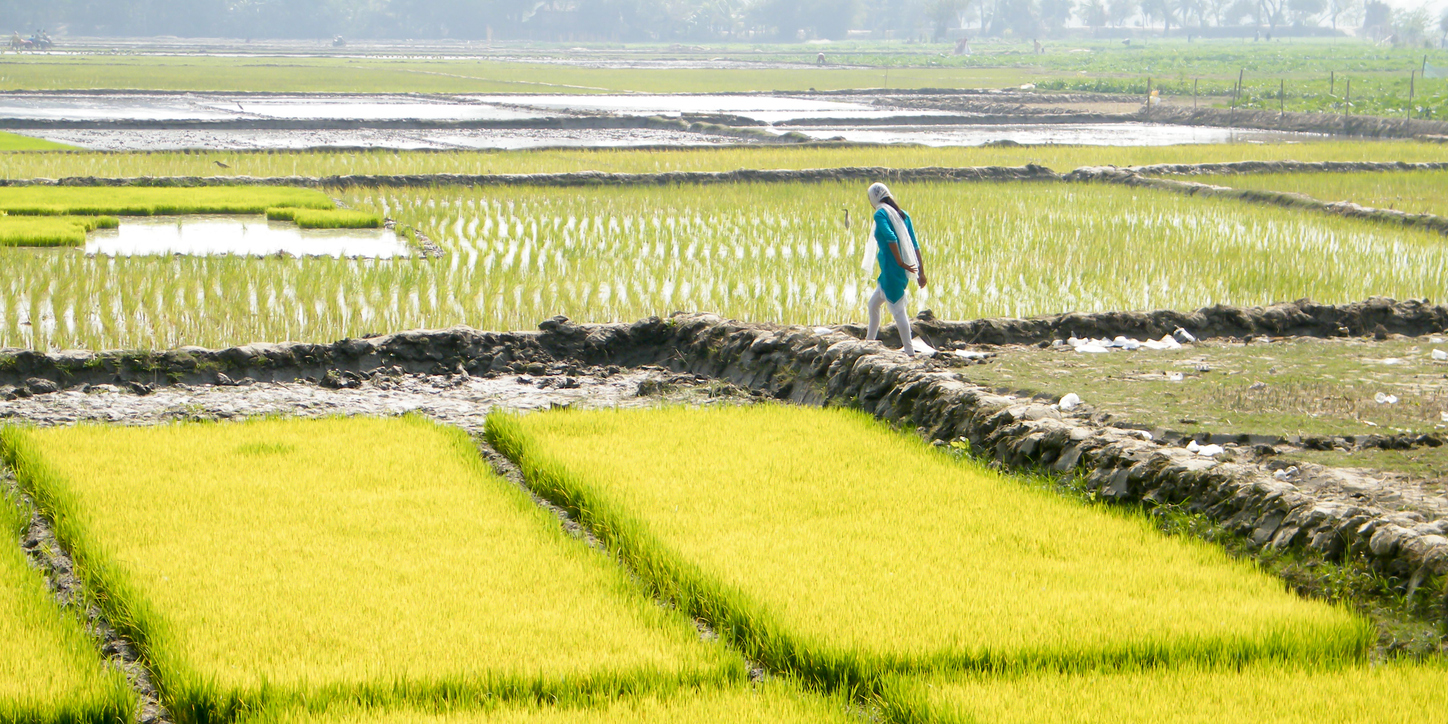he Railways Department’s decision to shut down the Warangal rake point and shift operations to Chintalapalli has raised alarm among state officials.
Published Nov 14, 2025 | 12:32 PM ⚊ Updated Nov 14, 2025 | 12:32 PM

A paddy field. (iStock)
Synopsis: As the Rabi season advances, Telangana is scrambling to avert a potential fertiliser shortage amid fears that delays in central supplies could once again leave farmers in the lurch. The state government appears keen to avoid a repeat of the experience in Khariff, when delayed allocations from the Union government hampered fertiliser distribution during key sowing weeks. “
As the Rabi (Yasangi) season advances, Telangana is scrambling to avert a potential fertiliser shortage amid fears that delays in central supplies could once again leave farmers in the lurch.
At a review meeting held a few days ago, Agriculture Minister Tummala Nageswara Rao directed officials to secure advance shipments and maintain constant coordination with the Union government, hinting at concerns that last season’s supply lapses might repeat this year.
According to data shared by the Agriculture Department, Telangana has been allocated 10.40 lakh metric tonnes of urea, 1.45 lakh metric tonnes of DAP, seven lakh metric tonnes of complex fertilisers, 0.65 lakh metric tonnes of MOP, and 0.60 lakh metric tonnes of SSP for the current season.
However, the government has asked the Union government to ensure that at least six lakh metric tonnes of urea—nearly 60 percent of the allocation—arrives in the state by December, citing the peak consumption period beginning later that month.
According to official sources, so far 1.88 lakh metric tonnes of urea had been supplied since October, but 37,000 tonnes were still held up at ports. The state currently holds 1.43 lakh metric tonnes of urea, 58,000 tonnes of DAP, and 2.09 lakh metric tonnes of complex fertilisers, which authorities describe as temporary “buffer stocks.”
The state government appears keen to avoid a repeat of the experience in Khariff, when delayed allocations from the Union government hampered fertiliser distribution during key sowing weeks. “We had requested supplies well before the season began, but the Centre did not release fertilisers as per the schedule,” the minister said, warning that any delay this year could again disrupt distribution networks.
The Union government’s November supply plan allocates two lakh metric tonnes of urea, including 1.29 lakh tonnes of imported stock through CIL (1.02 LMT) and IPL (0.27 LMT), while the remaining 0.71 LMT will come from domestic sources.
However, officials confirmed a deficit of 0.37 LMT in imports from October, prompting the state to seek an additional 0.50 LMT of imported urea from the Union Chemicals and Fertilisers Ministry.
Adding to the logistical hurdles, the Railways Department’s decision to shut down the Warangal rake point and shift operations to Chintalapalli has raised alarm among state officials. They warned that the abrupt closure could disrupt supply lines across the Warangal district, urging the Union government to defer the move for at least four to five months.
The Rabi season’s fertiliser demand typically spikes from the third week of December, when paddy and maize, the two important crops in Telangana, reach peak nutrient stages. Unless the bulk of supplies reaches before then, agriculture department officials fear localised shortages could crop up across major farming districts.
While the state claims to be leaving nothing to chance, the numbers suggest a tight balancing act between existing stocks and expected supplies. Any further delay in central shipments — or logistical snags at rake points — could once again test the government’s ability to ensure uninterrupted fertiliser distribution across Telangana.
(Edited by Muhammed Fazil.)
